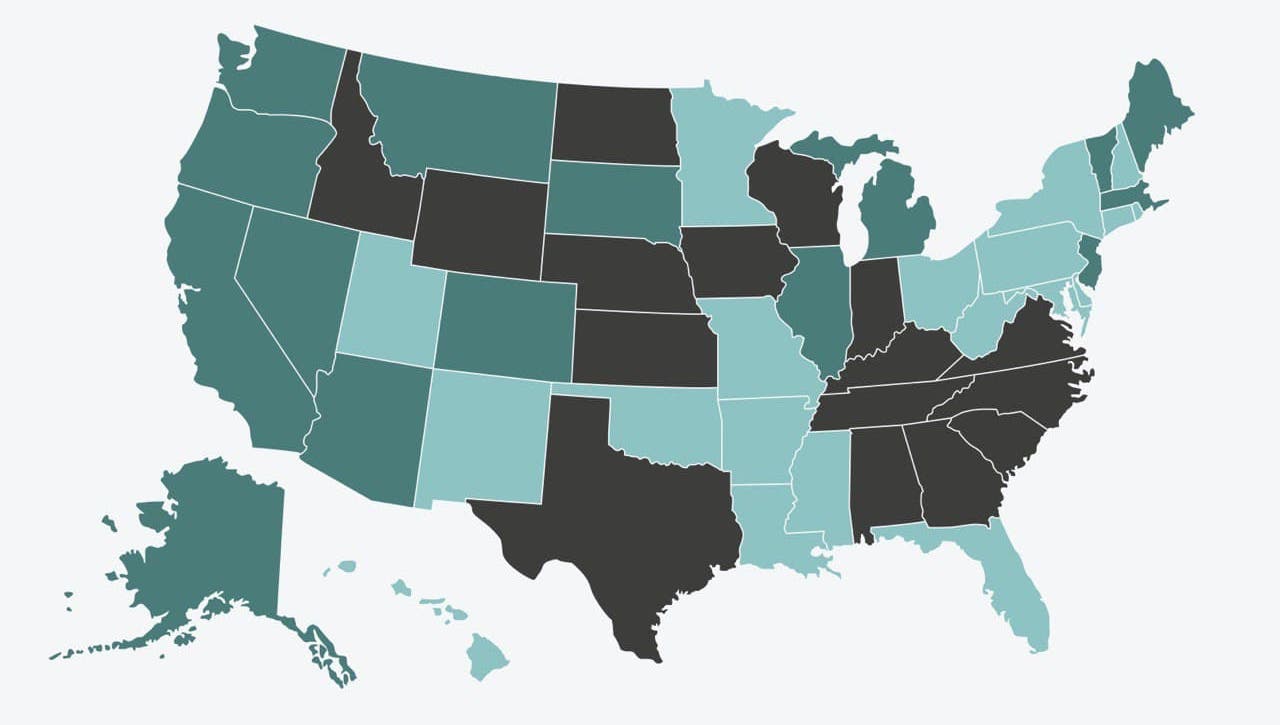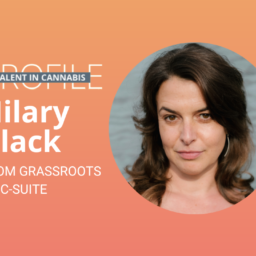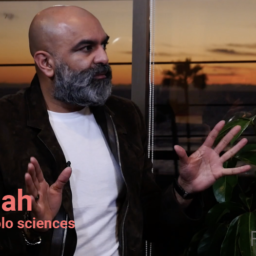…it’s something of a death wish to think that the rise and fall of businesses has to be just as acute in these new markets as their predecessors’ demises were in other markets.
Cannabis has time and time again stood against a number of strong headwinds without flinching: government intervention, pseudo-science, PSA campaigns, etc. But this past election cycle, if you were really looking at the historical arc of cannabis, may very well have been one of the few times that we can say with full confidence, “yes, I think we’re ahead now”. Three months ago today actually marked the first time in our nation’s history that more Americans live in states with legal adult-use access than in states where cannabis remains completely prohibited (i.e., 34% residing in legalized adult- use states, vs. 29% in states where illegal).
Now, in my opinion, this is not an industry but a number of informal economies; as such, the trials and tribulations that operators experience aren’t exacted on the whole but rather the individual parts, the states and their markets. Having worked in cannabis for a very limited amount of time, it is interesting to see the same issues arise in all these new markets. Almost like a rinse-and-repeat experience of business, replete with so many familiar obstacles but still holding that same wonderful promise. However, what that promise is, really depends on your prerogative, and the differences are a point of friction.
This leads me to an unsettling observation: the froth returns, and with it the micro-bubbles and hyper-speculation so familiar to so many but brand new to those select few in newly minted markets.

Speculation serves a purpose in its own right. If anything, we lucky few within the industry that get to study the landscape are thrilled that the financial resources so desperately needed are flooding in once again, and with that the slow process of clobbering together participants, brands, distribution, etc., once again rises, almost like the opening scene in Game of Thrones.
Some industry participants might simply say that this is free enterprise in action, the unbridled enthusiasm for wealth creation unleashing a torrent of financial resources to support what is widely perceived and shaping into a true, once-in-a-lifetime enterprise. But, it’s something of a death wish to think that the rise and fall of businesses has to be just as acute in these new markets as their predecessors’ demises were in other markets. If we truly do wish to hold and perpetuate the moniker of industry, then we should act as such, and I submit a further push to freely exchange the best-practices that reside in every market that came before is paramount.
Again, my central operating theme is that this is not an industry but a number of informal economies: what happens in one market, if we’re being honest, doesn’t necessarily mean that competition is direct. Of course people are in competition, but the fragmentation of this market truly does preclude people fighting for the same shelf space. It’s a very small cadre of companies that goes toe-to-toe with other similarly sized companies in new markets. A majority of this industry is still ma & pa corner store, and given what it takes to be even remotely successful in cannabis, I believe it’s time to dispense with the laissez-faire attitude of “rise and fall” and create a new paradigm to work from: “raise and stand.”

















